Matsusaka beef, ‘hamachi,’ and other Osaka treats

It has been a week since I arrived from Japan, and the flavors of my last visit continue to haunt me.
There were many, many incredible dishes, and quite a few remain etched in my mind.
For the welcome dinner of the participants of Kitchens of the World Hidden Japan (KOW are my one-of-a-kind, personally curated culinary tours), I chose Matsusaka M, the famed yakiniku restaurant in Osaka that serves only Matsusaka beef raised exclusively for them by a select group of farmers.
With the help of my dear friends, restaurateur Kuni Okamoto and chef Eiji Ichikawa, we planned an elaborate meal, that was off the menu.
A highlight of KOW Hidden Japan was nabemono or nabe that pertains to a variety of Japanese hot pot dishes. For starters, we had a delicate buri shabu-shabu.
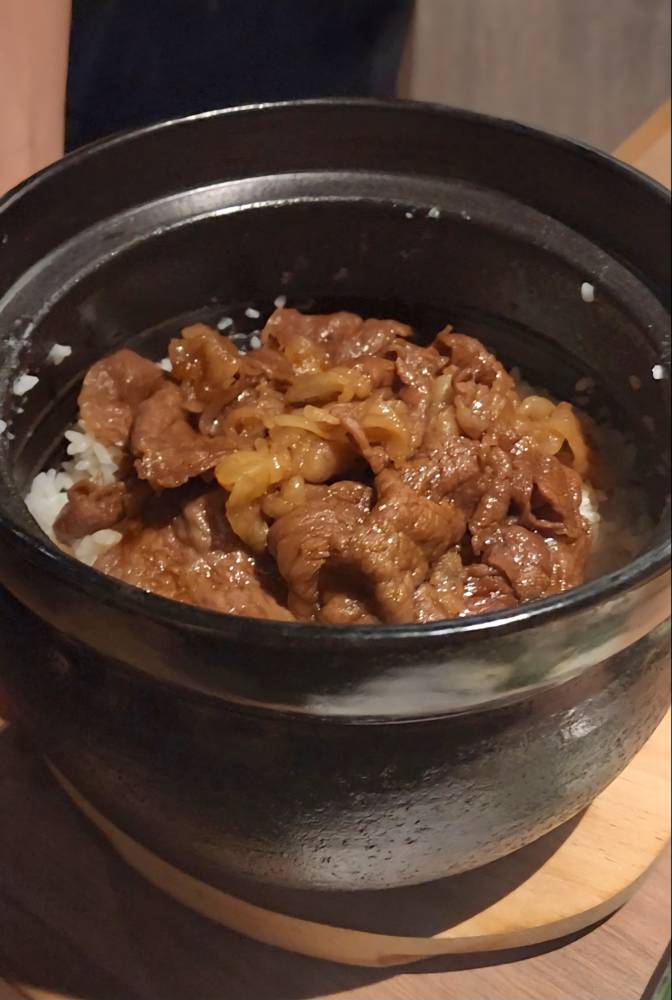
Fish porridge
Buri is a young Japanese amber jack or hamachi. It is a fatty and delicate cold water fish that was sliced with great precision and cooked in a highly concentrated dashi broth that was thick and immensely flavorful.
After feasting on the buri alone, we added cooked Japanese rice to the remaining broth, put in a few remaining slices of buri, then poured in some whisked eggs to make the most luxurious porridge.
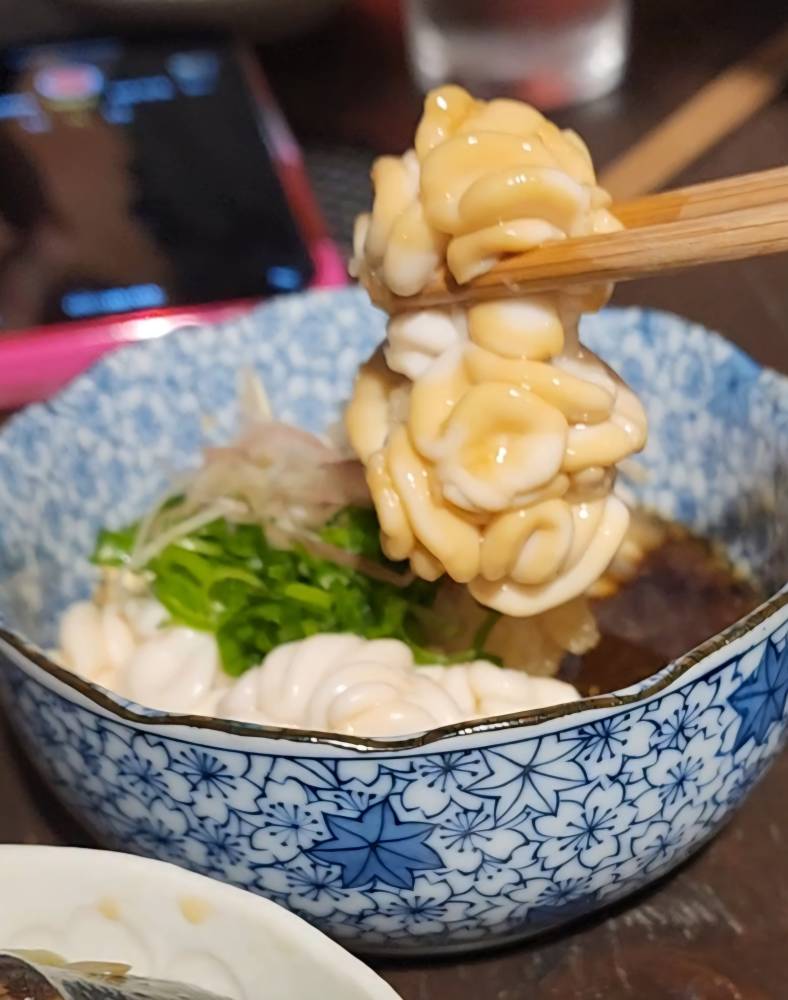
That evening we also recreated chicken sukiyaki, a dish I first encountered in Kyoto. Kuni and Eiji opted for Jidori chicken, also known as the Kobe beef of chicken for its juiciness, full flavor, unique texture, and creaminess. Jidori is the chicken variety that is served as sashimi, for its superior qualities.
The Jidori chicken sukiyaki was cooked the Kansai way, wherein the meat is first browned, then sprinkled with sugar. It is left to caramelize before the sauce is poured over it. The sukiyaki was served with maitake mushrooms, kikuna greens and udon noodles.
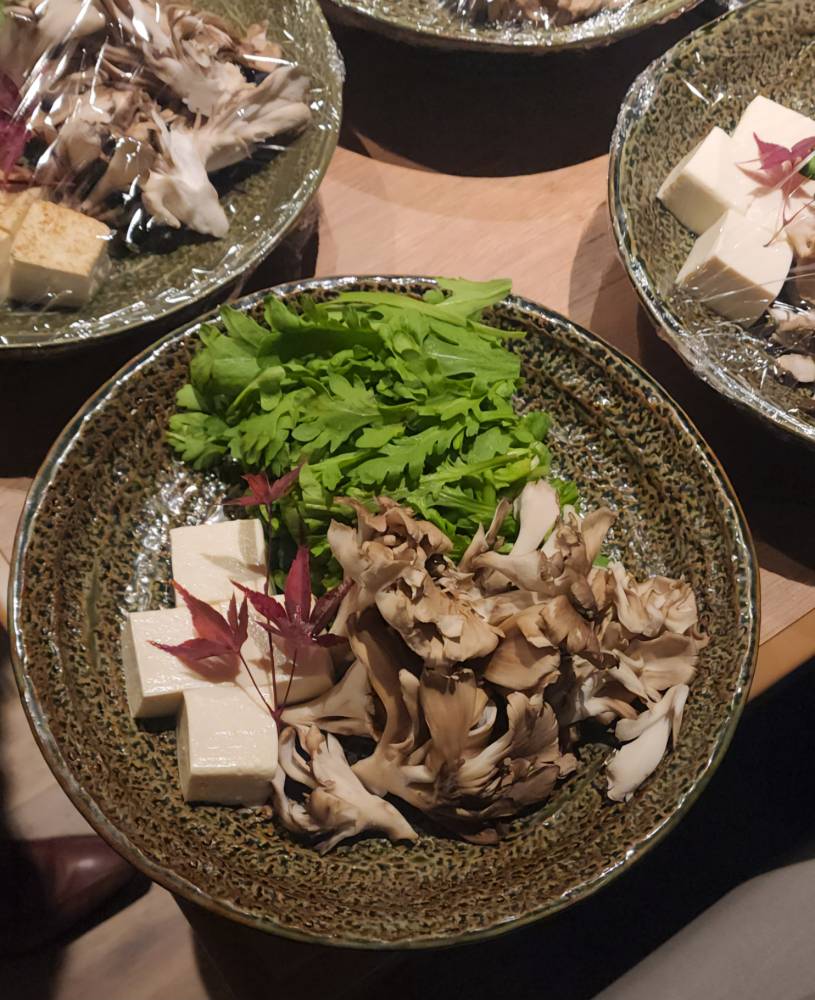
When in Osaka, I never miss Eiji’s Matsusaka gyudon, a dish he first made for me years ago. I wanted everyone to try it.
Once you’ve had a taste of his rendition, you will never have gyudon anywhere else. Imagine Japanese rice cooked on a claypot, capped with copious amounts of tender, thinly sliced Matsusaka beef that was tossed in Eiji-san’s special gyudon sauce with lots of thinly onions. Simply oishi!
I am blessed with wonderful people everywhere I go. Many of them are great cooks and passionate foodies. Ippei-san is one of them. He is not only a chef, but also a purveyor of fine seafood, which is why his creations from the sea are always unforgettable.

Choice seafood
For us he prepared my usual favorites: sea urchin, salmon, fish liver in a ponzu dipping sauce with leeks and radish; tuna fish bone sashimi; and the freshest, tastiest tuna head and eyeball cooked in a sweet soy sauce. Ippei-san’s tuna head registers as one of the best dishes I’ve had in my life. It was simply to die for.
Whenever I am in Osaka, I look forward to the new restaurants and the washoku (home-cooked dishes) of Mama Fusako. Mama and her sons are behind the famous tempura restaurant Tarojiro.
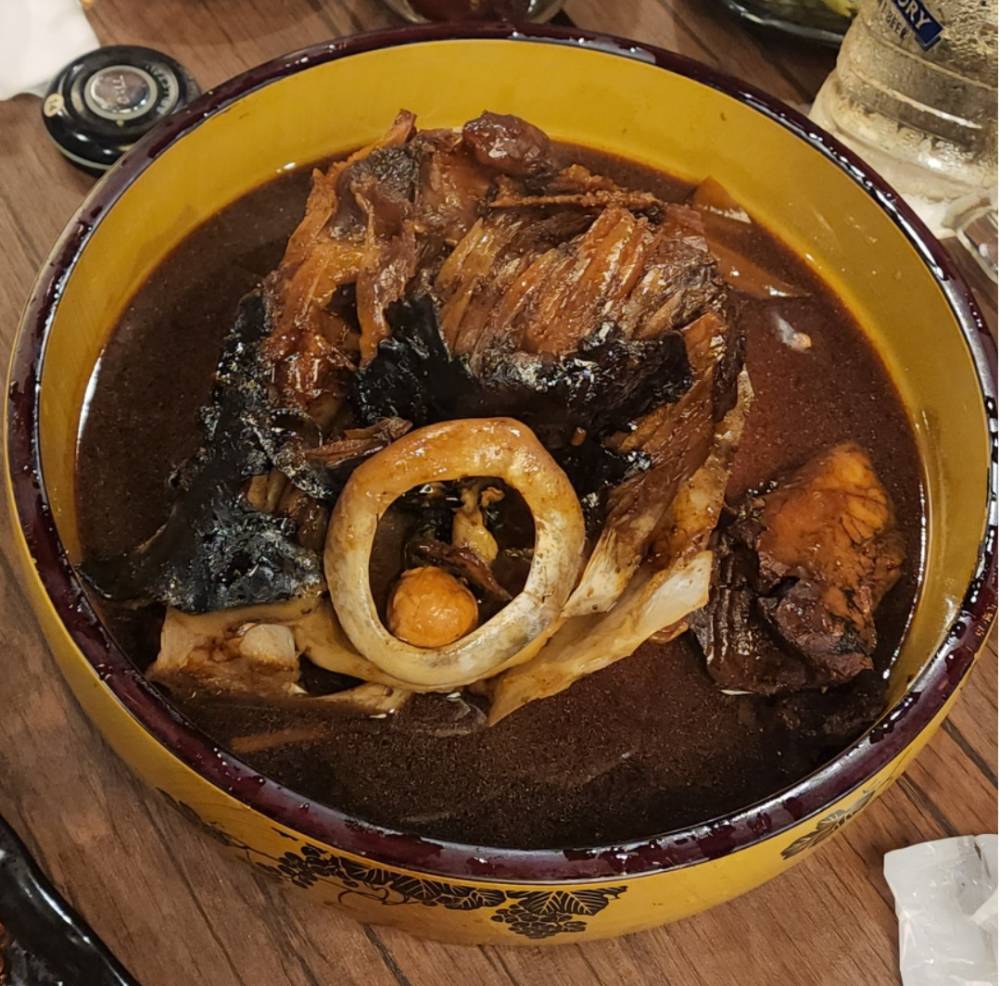
This time, her son Daijiro opened a new eatery tucked within a maze of bars that serves only Mama’s specialties. Of the offerings we had, the shirako or fish milt (male fish sperm sack) was the standout. The shirako was ultra creamy and devoid of any fishiness. Mama prepares her shirako by steeping it in ponzu sauce, with spring onions and grated radish. In Japan, every part of the fish, as much as possible, is utilized in reverence for the bounty of the ocean.
To whip up a dish from a trip, for me, makes the best memento. Here’s a recipe that I believe will taste much like the tuna head. It is adapted from “GochiSoSarap,” a book penned by chef Daisuke Suzuki and myself.
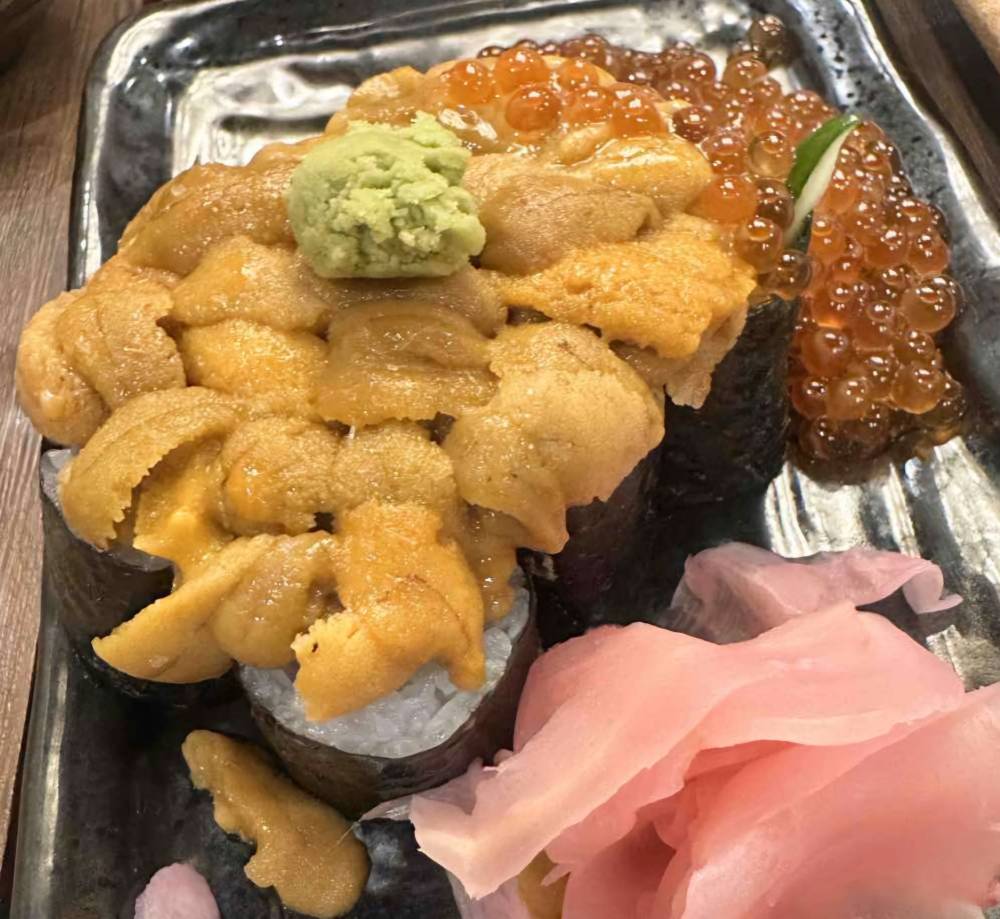
Ingredients:
Half a large tuna head (for tuna head, you may have to double or even triple the recipe) or a couple of smaller fish heads like maya-maya or lapu-lapu
1/2 daikon radish
water for boiling
Seasoning
500 ml soup stock
2 Tbsp sake
2 Tbsp granulated sugar
1 Tbsp mirin
2 Tbsp light soy sauce
1 Tbsp dark/regular soy sauce
Garnish
yuzu/pomelo peel, to taste
greens/vegetables or kinusaya
Dip the fish heads in boiling water, then run them under cold water to rinse off any dirt or debris.
Cut the radish into 2-cm wide slices, peel, cut in half, and bevel (round the edges and trim the corners). Beveling prevents the radish from falling apart.
Put the daikon in a pot and pour water until the daikon is covered. Boil for approximately 20 minutes.
Add seasoning to the pot and bring to a boil. Add the fish and simmer over medium heat for about 10-15 minutes depending on the size of the head.
Wait for the mixture to thicken. Once it thickens, make sure the fish and daikon are well-coated, as if glistening.
Serve in a bowl and garnish with a few slices of yuzu peel and vegetables.
www.reggieaspiras.com @iamreggieaspiras on IG and FB


















